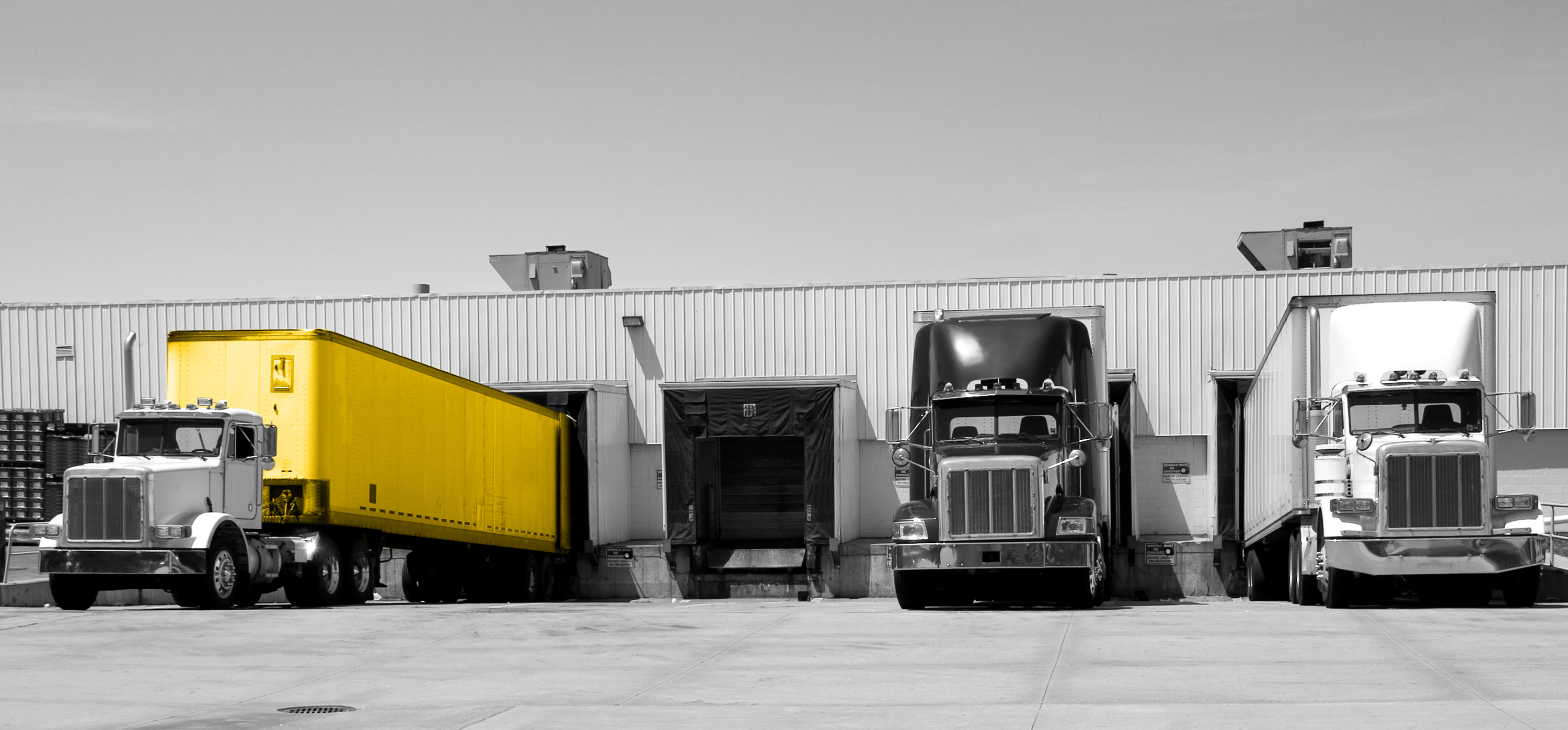While many logistics and transportation operations have been slow to adopt technology to manage their shipping processes, some are now dismissing Transportation Management Systems (TMS) as obsolete. However, the right TMS is not just alive; it's thriving and evolving, becoming an indispensable tool for companies looking to optimize their supply chains and transportation processes.
Category: TMS
4 Simple Ways to Utilize Data to Improve Shipping Operations
Data visibility and transparency are a hot topic in the transportation industry these days and for good reason. From rating and booking, to dispatching, tracking, and invoicing, there are thousands of data points in the lifecycle of a shipment. While most Shippers and 3PLs know the data is out there and want to use it, many lack the resources or knowledge to put it to good use.
That’s why having a Transportation Management System (TMS) with seamless connections to your carriers, load boards, and other solutions in your tech stack is critical. A TMS creates a single source of truth for your shipping operations and enables you to harness the power of your shipment and carrier data.
So, while that all sounds great, some might wonder, what can you do with all that data?
To answer that question, here are 4 simple ways real-life Shippers and 3PLs are using data in their operations.
Cutting Through the Noise: What to Look for in a Digital Shipping Solution
The unpredictability of the supply chain over the past few years has made technology a critical component in shipping operations. Some Shippers and 3PLs were quick to employ multiple solutions to adapt to changes and manage their freight. However, some of those solutions didn’t integrate with each other or failed to deliver the functionality needed to maintain efficient shipping operations.
As the economy tightens, these companies are looking to scale their technology to ensure they’re operating more efficiently. With so many options creating noise in the market, Shippers and 3PLs need the following features and functionality from their digital transportation management solution.
The Top 5 Questions to Ask When Upgrading Your Transportation Management System
Having a robust transportation management system (TMS) that functions as your company’s logistics management hub can speed up operations, reduce waste and improve your bottom line. A TMS will help automate some processes, such as tendering, route and load optimization, carrier management, order visibility, and document storage/retrieval. It will also help aggregate important data to use for future decisions.
A TMS has substantial benefits including saving approximately 8.5 percent on freight costs, according to a report by ARC Advisory Group. Gartner found that companies using a TMS can expect yearly savings anywhere from 5-15 percent. This is well worth the price of implementation, and that doesn’t even consider the amount of time your company will save in employee efficiency.
So now that you know a TMS upgrade is a great investment, how do you begin?
Find a technology provider or solutions expert and ask these questions outlined below.
What Technology is Important for the Current LTL Industry?
Logistics technology can help companies improve functionality and allow them to get things done quicker with less human capital. While the benefits of implementing new technology are great, so are the initial costs. That is why it is important to invest in the technology that is right for your company and important to the current LTL industry.
How to Improve Your Freight Bill Management
Freight bill management and auditing is a major cause of headaches for a number of companies. This is because freight bills can be complex, are often inaccurate and not always sent in a timely manner. However, the freight bill management process can be simplified.
How to Get the Best LTL Rates
Companies are always looking for ways to save money, and one place they look to make cuts is on freight spend. However, because the market is currently oversaturated with freight, it may take some research to find the best rates for less than truckload (LTL) freight.
Making the Switch: How to Integrate New LTL API Technology
There is no denying it. Overhauling or updating legacy technology platforms is a big task. However, the opportunities it presents outweigh the challenges to performing the updates. Plus, as the transportation and logistics industry become more digitized, companies that don’t upgrade to fully automated technology, including volume-pricing APIs, are going to be left behind.
General Rate Increases & Their Impact on LTL Shippers
’Tis the season for general rate increases (GRIs)! LTL carriers across the board are releasing an increase on their base shipping rates. To date, Old Dominion Freight Line announced a 4.9% GRI, Saia announced a 5.9% rate increase, ArcBest implemented a 5.95% GRI for LTL services, Yellow installed a 5.9% increase and Forward Air implemented a 6% GRI.
Incorporating APIs into a Transportation Management System
The digitization of freight management and transportation logistics is well underway and is being widely adopted by carriers, 3PLs, shippers and other supply chain companies. This was inevitable because of our society’s proclivity, need and expectation of instant information. While the transportation industry lagged behind in adoption of technology, it is quickly catching up because of the benefits realized. One of the most adaptable, advantageous and easiest implementations to make has been the inclusion of freight-pricing application programming interfaces (APIs).








